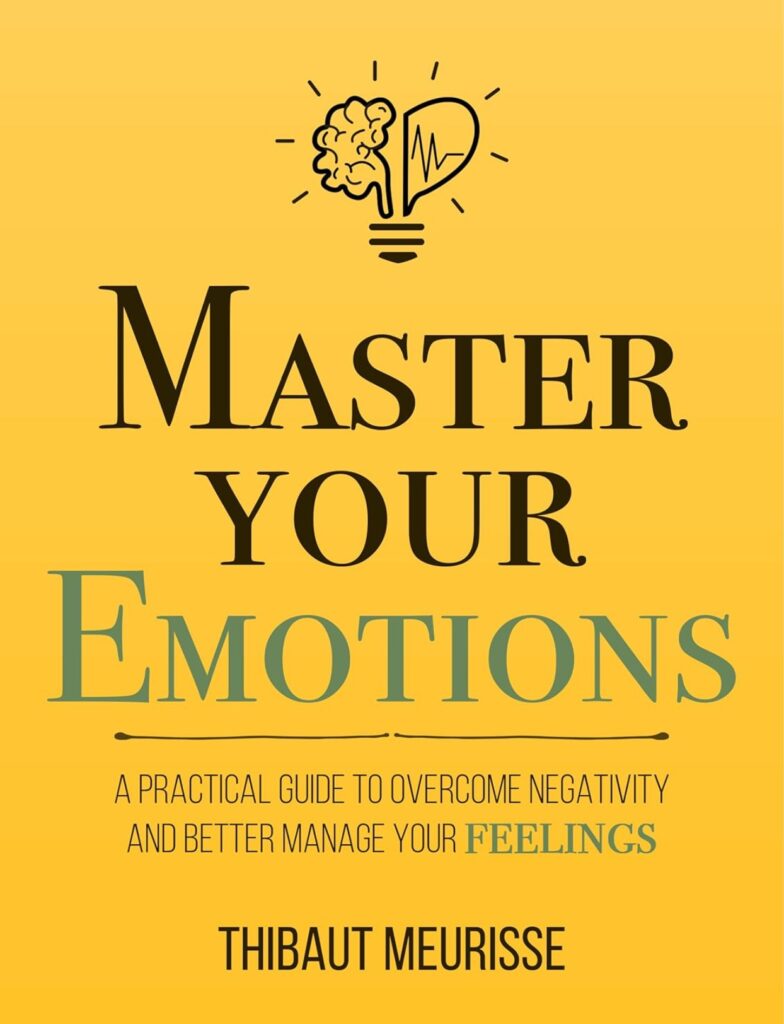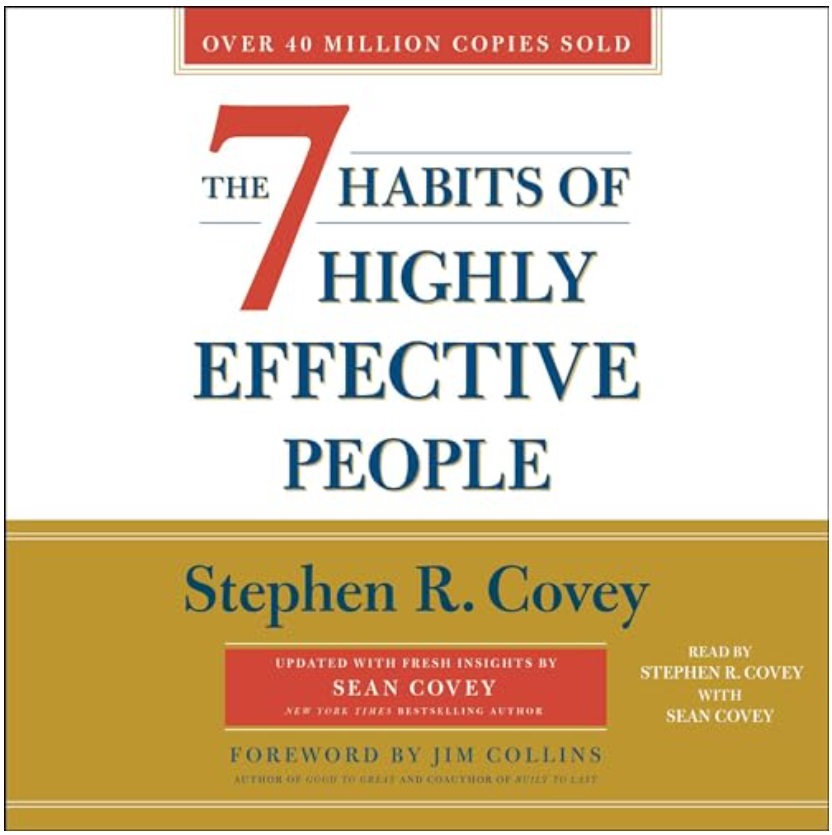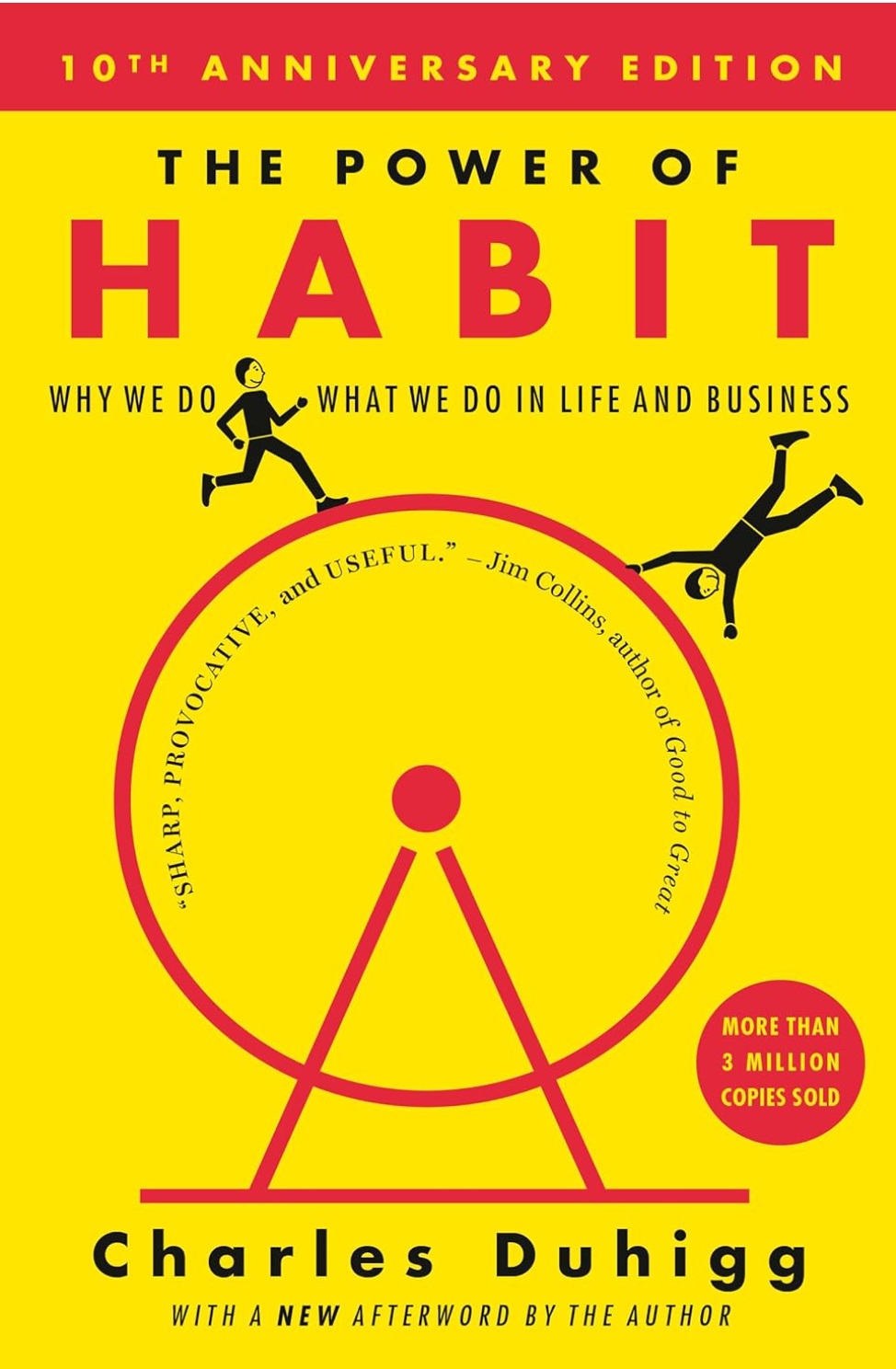In Master Your Emotions, Thibaut Meurisse offers a practical roadmap to understanding and managing your feelings. Through insightful strategies and real-life examples, he guides readers to overcome negativity and build emotional resilience.
This book isn’t just about suppressing emotions; it’s about embracing them, understanding their roots, and transforming them into positive forces. Whether you’re dealing with stress, anger, or sadness, Meurisse provides tools to navigate emotional challenges effectively.
Table of Contents
ToggleBook Overview
Master Your Emotions by Thibaut Meurisse is a compact yet impactful guide that aims to help readers understand and manage their emotions more effectively. Rooted in practical psychology and self-help wisdom, the book explores the inner workings of emotions, how they’re triggered, and how we often unknowingly feed into our own cycles of negativity. Rather than offering abstract theory, Meurisse presents simple, actionable tools you can use right away to take control of your emotional responses and live more intentionally.
The author starts by breaking down the science behind emotions, how they’re generated in the mind, influenced by thoughts, and amplified by unconscious patterns. He introduces concepts like emotional momentum and the “cycle of negativity,” which many readers will instantly recognize from their own lives.
Through examples and exercises, he explains how these mental loops form and offers methods for breaking them before they spiral. The book is peppered with relatable analogies and no-nonsense tips, making the information digestible and immediately useful.
What sets this book apart is its laser focus on application. It’s not a deep-dive into psychology or an academic thesis on emotional intelligence, and it doesn’t try to be. Instead, it’s a highly practical tool; something you can pick up on a bad day and actually use.
Whether you’re struggling with anger, anxiety, or just the emotional clutter of modern life, this book acts as a reset button. Meurisse empowers you to shift your mindset, rethink your reactions, and move forward with a calmer, clearer sense of self.
Key Ideas and Takeaways
One of the most powerful takeaways from the book is the idea that your emotions do not arise from the events in your life, but from your interpretation of those events. This subtle shift in thinking can change everything.
If you can learn to reframe situations, disrupt negative self-talk, and choose empowering meanings, then you can dramatically reduce your emotional suffering. This isn’t about ignoring reality—it’s about choosing the lens through which you view it.
Another standout idea is Meurisse’s emphasis on emotional momentum. Negative emotions tend to gain strength when left unchecked, just like a ball rolling downhill. The longer you let them spin, the harder they are to stop.
Recognizing this allows you to interrupt the pattern early; whether it’s through deep breathing, writing things down, shifting your focus, or simply walking away from the situation. You’re not powerless in the face of your emotions. You’re just not always aware that you have other options.
Finally, the book underscores the importance of daily habits and environmental factors. It’s not enough to think positively once in a while, you need routines that reinforce emotional well-being. Meurisse talks about sleep, exercise, diet, and journaling, but always within the context of emotional resilience. Your mind and body are linked, and neglecting one affects the other.
Small, consistent actions, like gratitude journaling or visualizing a better response to emotional triggers, can snowball into lasting emotional mastery.
Detailed Section Summary
Introduction: Understanding Emotions
Thibaut Meurisse begins by emphasizing the importance of emotions in our daily lives. He asserts that emotions are not just fleeting feelings but powerful forces that influence our thoughts, behaviors, and overall well-being. Recognizing and understanding these emotions is the first step toward mastering them.
Meurisse introduces the idea that our emotions are often the result of our interpretations of events rather than the events themselves. By changing our perspectives, we can alter our emotional responses. This concept sets the foundation for the strategies he presents throughout the book.
Chapter 1: The Power of Emotions
In this chapter, Meurisse delves into the profound impact emotions have on our lives. He explains that emotions can either propel us forward or hold us back, depending on how we manage them. Understanding the power of emotions is crucial for personal growth and achieving our goals.
He also discusses the concept of emotional contagion, where emotions can spread from one person to another. Being aware of this phenomenon helps us guard against absorbing negative emotions from others and encourages us to foster positive emotional environments.
Chapter 2: How Emotions Work
Meurisse provides a detailed explanation of the mechanics behind emotions. He describes how our brain processes stimuli and how our interpretations lead to emotional responses. By understanding this process, we can begin to identify and alter the patterns that lead to negative emotions.
He emphasizes the role of the amygdala and the prefrontal cortex in emotional processing, highlighting the importance of mindfulness and conscious thought in managing our reactions.
Chapter 3: The Influence of Others
This chapter explores how our social environment influences our emotional states. Meurisse points out that the people we surround ourselves with can significantly impact our emotions, either positively or negatively. He encourages readers to be mindful of their social interactions and to seek out relationships that support emotional well-being.
He also discusses the importance of setting boundaries and not allowing others’ emotions to dictate our own. By maintaining emotional independence, we can better manage our responses and maintain inner peace.
Chapter 4: Emotional Intelligence
In this chapter, Meurisse introduces the concept of emotional intelligence—the ability to recognize, understand, and manage our own emotions and those of others. He argues that developing emotional intelligence is essential for personal and professional success.
He provides practical strategies for enhancing emotional intelligence, such as active listening, empathy, and effective communication. By honing these skills, we can build stronger relationships and navigate social situations with greater ease.
Chapter 5: Mindfulness
Meurisse emphasizes the importance of mindfulness in managing emotions. By staying present and fully engaged in the moment, we can observe our thoughts and feelings without judgment. This awareness allows us to respond to situations thoughtfully rather than reacting impulsively.
He offers practical exercises to cultivate mindfulness, such as meditation and deep breathing techniques. These practices help calm the mind and create space between stimulus and response, enabling better emotional regulation.
Chapter 6: Visualization
In this chapter, Meurisse discusses the power of visualization in shaping our emotional experiences. By mentally rehearsing positive outcomes and envisioning success, we can influence our emotions and behaviors in real life.
He provides step-by-step guidance on how to practice visualization effectively, encouraging readers to incorporate this technique into their daily routines to foster positive emotional states and achieve their goals.
Chapter 7: Cognitive Restructuring
Meurisse introduces cognitive restructuring as a method to challenge and change negative thought patterns. By identifying irrational beliefs and replacing them with more balanced thoughts, we can alter our emotional responses to various situations.
He offers practical tools for cognitive restructuring, such as thought records and reframing techniques, empowering readers to take control of their thought processes and, consequently, their emotions.
Chapter 8: The Power of Positive Thinking
This chapter focuses on cultivating a positive mindset to enhance emotional well-being. Meurisse explains that by focusing on positive aspects of our lives and practicing gratitude, we can shift our emotional baseline toward happiness and contentment.
He provides exercises to develop positive thinking habits, such as keeping a gratitude journal and affirming positive beliefs, which can lead to lasting improvements in emotional health.
Chapter 9: The Role of the Body
Meurisse emphasizes the connection between physical health and emotional well-being. He discusses how factors like sleep, nutrition, and exercise influence our emotional states. By taking care of our bodies, we can create a solid foundation for emotional stability.
He encourages readers to adopt healthy lifestyle habits, highlighting the importance of regular physical activity and proper rest in managing emotions effectively.
Chapter 10: Developing Emotional Resilience
In the final chapter, Meurisse focuses on building emotional resilience—the ability to bounce back from adversity. He provides strategies for developing resilience, such as embracing challenges, maintaining a growth mindset, and seeking support when needed.
By strengthening our emotional resilience, we can navigate life’s ups and downs with greater ease and maintain a sense of balance and well-being.
My Impressions
When I first picked up Master Your Emotions, I wasn’t expecting it to be as practical as it turned out to be. I thought it might lean into theory or motivational fluff, but instead, it gave me actual, usable tools. Thibaut Meurisse writes in a direct, no-nonsense way that made me feel like he was more interested in helping me get results than impressing me with jargon. That’s rare and refreshing in the self-help space.
What struck me most was the simplicity of the insights. The core message, that our emotions come from our thoughts, not external events, isn’t new, but the way Meurisse breaks it down makes it feel newly actionable. He doesn’t overcomplicate things. He gives you strategies like reframing your thoughts, using visualization, and recognizing emotional momentum before it spirals out of control. And they work. I tried some of his journaling prompts and felt lighter almost immediately.
I also appreciated that the book doesn’t pretend to be a cure-all. It’s not trying to fix deep trauma or offer clinical therapy. It’s more like a toolkit for everyday emotional turbulence, the kind of stress, frustration, or insecurity we all carry around in the background. In that way, it feels like a personal maintenance guide, and I find myself wanting to revisit it regularly.
Best Quotes and Passages
“You are not your thoughts. You are the observer of your thoughts.”
This quote hit me like a truth bomb. I’ve read similar ideas in mindfulness books, but here it’s stripped of spiritual jargon and presented as a plain fact. It instantly created space between me and the noise in my mind.
“Negative emotions gain momentum the longer they remain unchallenged.”
Such a clear and vivid way to describe emotional spirals. This one quote alone made me start interrupting my negative thoughts sooner, before they built into stories.
“You cannot control the external world, but you can control your interpretation of it.”
This is the beating heart of the book. When I read it, I highlighted it twice. It reminded me that mastering your emotions doesn’t mean controlling everything—it means learning how to interpret better.
“Your feelings are messengers. Don’t ignore them, but don’t let them take the wheel.”
This one gave me permission to listen to my emotions without being ruled by them. It balances empathy with responsibility, which I think is one of the book’s greatest strengths.
Gaps or Unexplored Areas
One area I think the book could have explored further is emotional nuance. While the strategies offered are great for general negativity or anxiety, they sometimes feel a bit too general when it comes to more complex emotions like guilt, grief, or shame. A chapter on handling deeper, long-standing emotional wounds would have added an extra layer of depth.
Another missing piece is the connection between emotions and relationships. The book focuses a lot on self-regulation, but not much on how emotions play out in partnerships, friendships, or conflict. A few case studies or examples showing emotional mastery in action during tough conversations would’ve really enhanced the practical side.
Lastly, while Meurisse does touch on mindfulness and visualization, there’s room for more integration with habits or routines. I would have loved a sample “emotional mastery” day or week, something concrete that shows how to make these practices a daily lifestyle, not just a one-off reaction to bad moods.
Who Should (and Shouldn’t) Read This Book
If you’re someone who often feels overwhelmed, easily irritated, or stuck in your own head, this book is absolutely for you. It’s especially helpful for people who feel like they’re being hijacked by their emotions and want a step-by-step method for regaining control. It’s also great for personal development junkies who love collecting new tools and strategies.
That said, this book probably isn’t for people who are looking for deep psychological exploration or therapy-level guidance. Meurisse doesn’t go into childhood trauma, mental health diagnoses, or emotional healing in the clinical sense. If you’re dealing with serious emotional pain or trauma, this book can complement, but definitely not replace, professional help.
Also, if you’re looking for a heavily scientific or academic read, this isn’t it. There’s no heavy referencing or long-winded theory here. It’s simple, digestible, and intentionally stripped down for action, not debate.
My Suggested Reading (If You Liked This…)
If you loved Master Your Emotions, here are a few more books you’ll probably enjoy:
The Daily Stoic by Ryan Holiday – This book takes ancient Stoic philosophy and makes it extremely digestible. It pairs perfectly with Meurisse’s mindset of reframing and emotional control.
Emotional Agility by Susan David – A deeper and more research-backed exploration of emotions and how we can shift the way we relate to them.
The Untethered Soul by Michael A. Singer – A bit more spiritual, but if you liked the “you are not your thoughts” idea, this book dives deep into that concept.
Atomic Habits by James Clear – Surprisingly compatible. Emotions are often habits, and learning how to interrupt and replace them fits well with Clear’s framework.
How I’m Applying This Book
One of the first things I did after finishing this book was start a “thought interruption” practice. Now when I catch myself spiraling into frustration or self-doubt, I pause and ask, “What interpretation am I choosing right now?” That one question alone has saved me from countless emotional rabbit holes.
I’ve also added a short journaling routine before bed using some of Meurisse’s prompts. I jot down the negative emotions I felt that day, what caused them, and how I could reinterpret the situation differently. It’s made me way more aware of how much I was reacting out of habit, not intention.
Lastly, I’ve started incorporating brief visualizations in the morning. Before I jump into the chaos of the day, I picture myself handling setbacks with calm and curiosity instead of tension. And believe it or not, I’m actually doing it. Not every time, but enough to notice a shift.
Final Verdict
Master Your Emotions is the kind of book that over-delivers for its length. It’s not trying to be everything to everyone. Instead, it gives you a sharp, focused toolkit for dealing with everyday emotional challenges—and it does that job extremely well. It’s accessible, repeatable, and you can implement something from it immediately, even if you’ve only read one chapter.
While it might not satisfy those looking for deeper psychological exploration or scientific rigor, its strength lies in its simplicity. It cuts through the noise and offers a clear path forward. And sometimes, that’s exactly what you need—not more theory, but a practical nudge toward clarity.
For me, this book has become one of those quiet companions I’ll revisit again and again. It’s like a short emotional reset anytime life feels overwhelming. Whether you’re new to self-help or a seasoned reader, Master Your Emotions earns its place on your shelf.





























